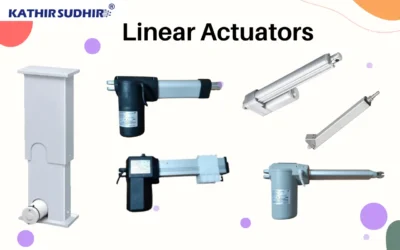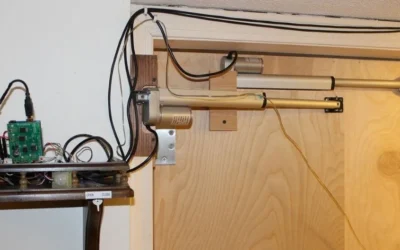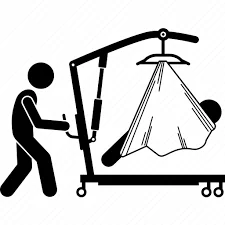Solutions
This page is a guide to understand the actuator meaning and how they can be used to improve performance and efficiency in industrial processes. We provide expert advice and creative solutions to help you enhance the performance of your machinery and equipment.

Electric Actuator in the Valve Open/Close Application
Electric Actuator in Curtain and Blinds Movements in Windows
Electric Actuator in the Foldable Staircase: Safety
Electric Actuator in the Automated Secret Bookcase Doors
Electric actuator in the World of TV Adjustable Tables
Electric Actuator in The Toilet Transport Wheelchair
Exploring Rotary Electric Actuators: Types, Functions, and Applications
Electric Actuators in the Dialysis Chairs
Electric Actuators in the Dental Chair: Enhancing Comfort
Electric Actuators in the Gynacology Table cx
Electric Actuators in the Patient Couch: Enhancing Comfort
Electric Actuators in the Patient Hoist or Patient Lifters
FAQ
What Applications are Linear Actuators commonly used in?
How can Linear Actuators be used in Robotics and Automation?
Are electric actuators energy-efficient?
Yes, electric actuators are generally energy-efficient due to the high efficiency of electric motors and the ability to control their movement accurately. They consume energy only when actively operating, and their power consumption can be optimized through proper control strategies, resulting in energy savings compared to other actuation technologies.
Are there any maintenance requirements for electric actuators?
Electric actuators generally require less maintenance compared to hydraulic or pneumatic actuators. However, routine inspections, lubrication of moving parts (if applicable), and periodic checks of electrical connections are recommended. It is also important to follow the manufacturer’s guidelines for specific maintenance requirements.
Can electric actuators be controlled remotely?
Yes, electric actuators can be controlled remotely using various methods. They can be operated using wired control signals, such as analog or digital inputs from a controller. Additionally, wireless control options, such as radio frequency or Bluetooth, can also be used for remote actuator control.
What factors should be considered when selecting an electric actuator?
When selecting an electric actuator, factors to consider include the required motion (linear or rotary), load capacity, speed and acceleration requirements, environmental conditions (such as temperature or hazardous areas), power supply availability, control options, and compatibility with the application and system.









